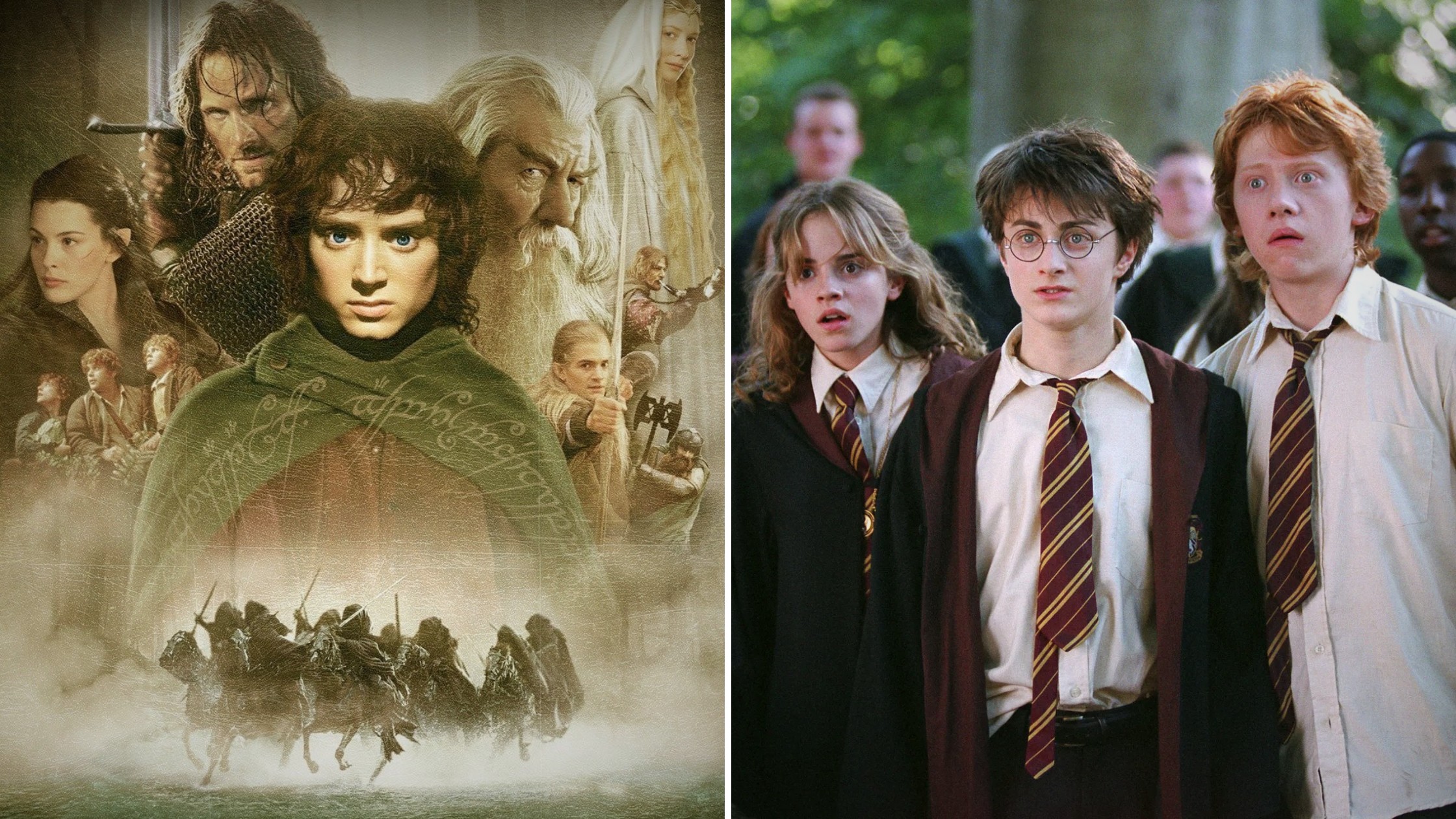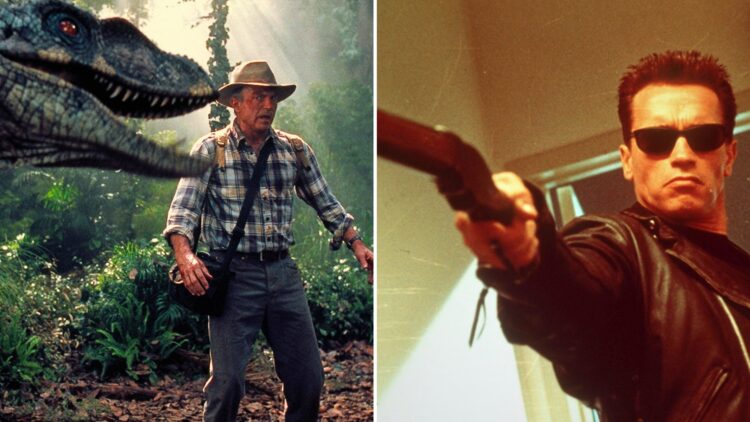Cinema is an attractive storytelling medium combining visual and auditory experiences. In the modern day, technology has been added to the experience. The combination of camera, editing, performance, and music brings the audience to a new, imagined world until the credits roll.
Cinema is an art, and the silver screen is a canvas where a filmmaker paints their visions using light, shadow, colour, and movement as their brushes.
Evolution of Cinematic Storytelling:
The Silent Era: A World of Expressions and Visuals
Silent films dominated the initial era of cinema. Since there was no use of sound, the focus was on using exaggerated expressions, gestures, and other non-verbal communication to share stories.

Some of the leading figures from this era included Georges Méliès and Charlie Chaplin. They mastered the art of visual storytelling that captivated audiences with the film medium in its early days. Their imaginative narratives and memorable performances popularised the medium.
Some famous films from the era included Méliès’s “A Trip to the Moon” (1902) and Chaplin’s “The Kid” (1921). These films are a primary example showcasing the potential of silent cinema. Despite no dialogue, it transported the viewers to worlds beyond their wildest dreams.
Also Checkout – 15 Most Influential Films Of The 1950s
The Entry of Sound Dialogue, Music, and Background Score
With a bit of technological development during the late 1920s, a new era emerged in the cinematic landscape. It brought the entry of sound, which was the first step in cinematic storytelling evolution.

The sound came in various forms, like dialogue, music, and background scores, improving the cinematic viewing experience. Some well-known filmmakers, like Alfred Hitchcock and Orson Welles, used it well. They used sound to craft suspenseful and immersive narratives.
Some iconic films from that era include Hitchcock’s “Vertigo” (1958) and Welles’s “Citizen Kane” (1941). These films are an excellent example of the best use of cinematography, editing, and sound design in that era. They created psychological depth and fantastically portrayed complex characters.
The Arrival of Transformative Cinematic Movements
When the Second World War ended following a period of decolonisation, the world witnessed a significant shift. It was during the 1950s and 1960s that the change impacted even the cinema.

As a result, cinema witnessed the rise of influential filmmaking movements, such as Italian Neorealism and the French New Wave. These movements challenged traditional film narratives and styles.
Some filmmakers, like Roberto Rossellini and François Truffaut, adapted a more naturalistic and unconventional approach to storytelling during this time. Also, there was a casting of more non-professional actors and raw locations for shooting to capture the authentic essence of everyday life.
Advent of Technology: From Steadicam to CGI
There were a few decades of stability following the Golden Age and transformative cinematic movements. In the late 80s and 90s, technological advancements played a vital role in moulding the evolution of cinematic storytelling.

The filmmakers began using Steadicam, CGI, and groundbreaking special effects. These techniques allowed filmmakers to create worlds and sequences that were previously unimaginable.
Iconic films like Steven Spielberg’s “Jurassic Park” (1993) and James Cameron’s “Terminator 2: Judgment Day” (1991) showcased the potential of technology in cinema. It showcased to filmmakers how technology can push the traditional boundaries of what is possible on screen. This new introduction attracted audiences with its seamless mix of storytelling and cutting-edge visual effects.
The Blockbuster Era
As the new century began in the 2000s, audiences witnessed the era of blockbusters. Films that had already had a substantial impact on the minds of audiences developed further when cinema delivered blockbusters. Films made a massive collection at the box office that, in turn, led to making films on a grand scale.

The result was big film franchises like “The Lord of the Rings,” “Harry Potter,” and the “Marvel Cinematic Universe”. These massive franchises redefined the scale and scope of cinematic storytelling. Directors like Peter Jackson, Christopher Nolan, James Nolan, etc, made great use of the latest technology to bring stories to the screen. They brought beloved literary works and comic book universes to life. It resulted in epic narratives that included a franchise of multiple films and attracted audiences worldwide.
The Rise of Alternative Mediums
A new addition to the evolution of cinematic storytelling has been the advent of streaming platforms. It became prominent during the lockdown when cinema houses were shut, changing the audience’s behaviour. There has been a new binge-watching trend, and serialised storytelling offers filmmakers and showrunners more creative liberties.

It gives a chance to craft more intricate, long-form narratives that unfold over multiple episodes or seasons. In addition, it provides an opportunity to create stories for specific sections of audiences as well. Some popular shows in this line have been “Breaking Bad,” “Game of Thrones,” “Squid Game,” and more. They have redefined how stories are presented and consumed, blurring the lines between film and television.
Final Words
From the silent era to the modern blockbuster, the evolution of cinematic storytelling has been an exciting and worthwhile journey. It has been continuously driven by a relentless pursuit of artistic expression, technological innovation, and a desire to impact audiences.
As we look to the future, emerging technologies like virtual reality, artificial intelligence, and immersive experiences promise to reshape cinematic storytelling.
Also Checkout – The Evolution of Special Effects in Hollywood: From Practical to CGI






